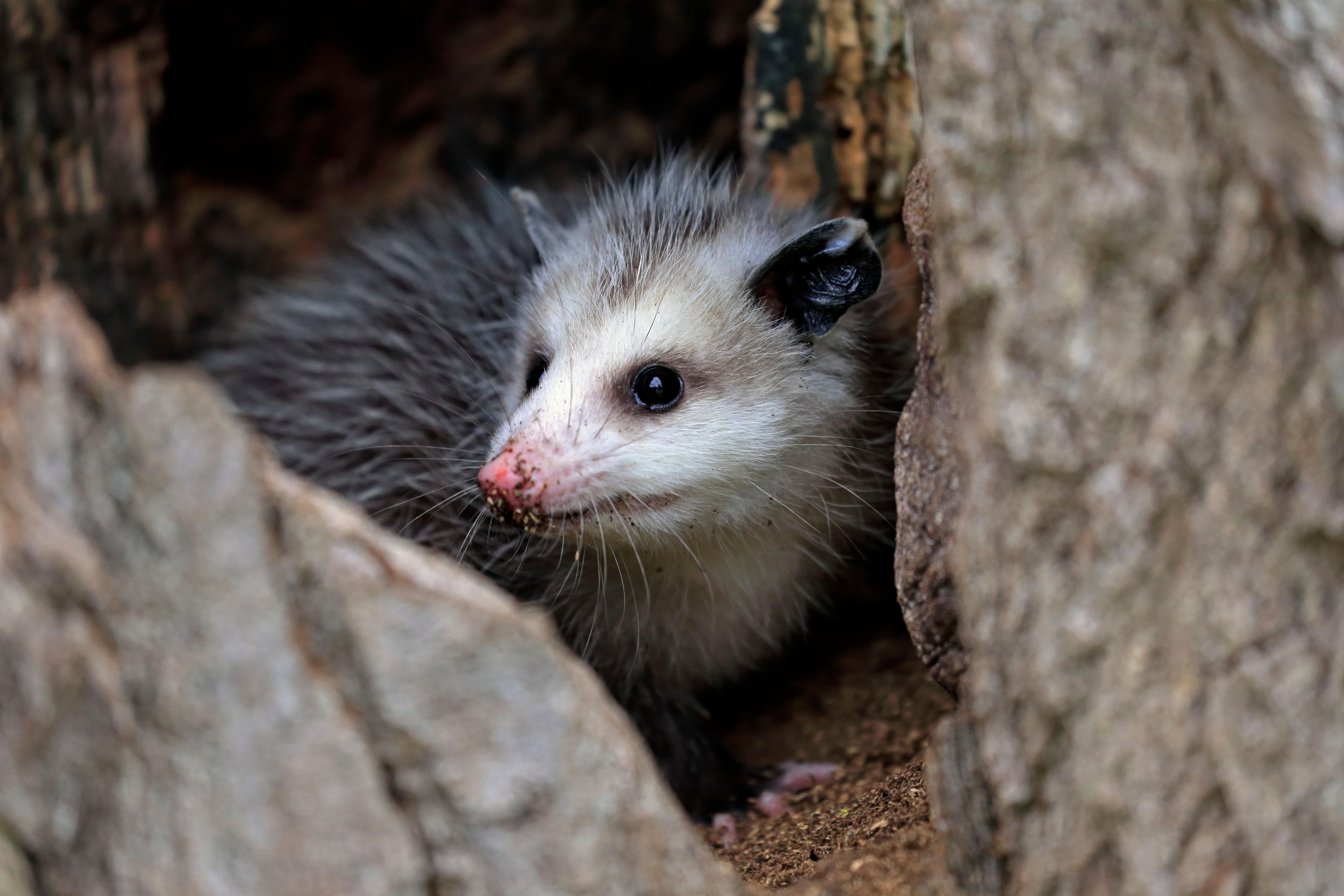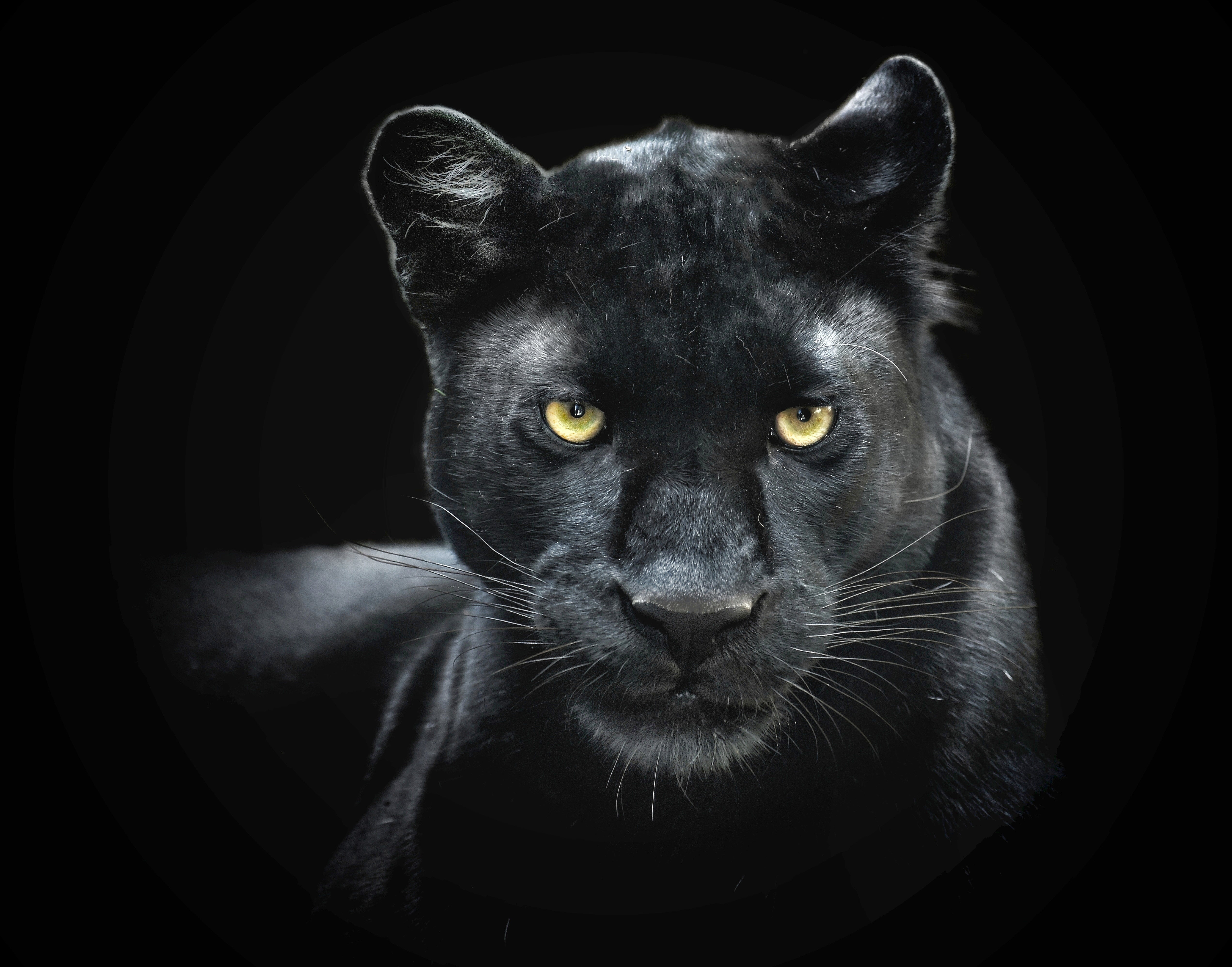For Native Americans, kya (the turtle) symbolizes wisdom. For Europeans, bears are an important element of their history. What animals mean the most to you, and why do they hold such significance? Cultures worldwide have empowering relationships with wild animals and knowing those animals promotes a deeper connection to spirituality, geography and pride.
For Black people, our connection to nature and the cultural significance of mammals comes from traditions practiced during the slavery era and continues into modern-day pop culture. As we commemorate the nation’s newest federal holiday on June 19, Juneteenth (observed this year on Monday, June 20) provides an opportunity for both celebration and reflection. We celebrate the notice of emancipation finally reaching Texas to end slavery in the last Confederate state in 1865. We also reflect on the harsh legacy of oppression that still permeates our society and reinforces white privilege. We celebrate how Black people in the U.S. often represent the ultimate rags-to-riches narrative.
As a Black ecologist who studies large mammals, I believe that Juneteenth should also be a time for the nation to reflect on the wild mammals that share in the epic story of a people’s transformation. These mammals that, over time, have influenced and encapsulated the ascension of Black people. Come, take this journey with me.
We share Earth with nearly 6,000 mammal species. In general, what most Black people (like most other people) think they know about mammals stems from animation and pop culture, but please remember Disney and rap music are not subject matter experts. So unfortunately, when it comes to our relationship with the wildlife around us, the problem historian Carter Goodwin Woodson wrote about in his seminal 1933 book, The Mis-Education of the Negro continues.
Cinematic depictions of enslaved people in the U.S. omit crucial components of their lifestyle. For example, enslaved people did not rely solely on their enslavers for rations, but supplemented their diets with wild meat such as Virginia opossums. By applying hunting skills for self-reward, those enslaved built psychological independence. Plantation owners may have thought this saved them feeding expenses. However, hunting opossums allowed enslaved people to break the rules as well as explore the woods at night (since opossums are nocturnal), which may have aided navigation and strategy for future escapes.

As they fought for their freedom, fugitives of the transatlantic slave trade did not just hide from their captors and bounty hunters; they still contributed to the nation’s economic growth. In the 1800s, Black seamen built cities through work in the whaling industry. One such city was New Bedford, Mass., where the renowned Frederick Douglass found his first home after escaping slavery. Deplorably, the contributions of former and fugitive enslaved people were marginalized, despite direct advancements like inventor Lewis Temple improved harpoon design, for which he never received credit. A common species hunted by freemen and fugitives was the sperm whale, which was most famously represented as Moby Dick.
Sadly, dogs have long played a role in Black trauma. White people trained dogs to track down so-called runaways to aid lynching efforts, and to terrify protestors during civil rights demonstrations. Thankfully, in later years, we have been able to reap the benefits bestowed from “man’s best friend.” We use dogs to support agricultural activities by herding, protecting, and chasing pests away. We even draw inspiration from them for art—as evident from the painting Part Wolf by the brilliant neo-Expressionist artist Jean-Michel Basquiat. We reclaim language with “that’s my dog”—slang for a trusted friend; and the iconic growl of recently deceased rapper DMX successfully evokes the kind of intimidation that embodies the “top dog” found in the social structure of gray wolves.
Because our connection to place runs deep, the pride many Black people feel is linked to our strong African roots. As such, several African mammals help us build our sense of empathy for and awe towards wildlife. For example, African elephants’ acumen remind us that humans are not so different. They remember events and particular places with a type of mental map, and they even mourn the loss of relatives. “When Great Trees Fall,” a mourning poem by Maya Angelou, is one of many literary works by Black artists that feature elephants.
Through the years, Black people have risen from a dark and harrowing past to become iconic fashion symbols. Wearing and designing clothes with camouflage became a statement of resistance during rebellions. Fur serves as an emblem of wealth. Musicians including Lil Wayne, Future and Jermaine Dupri all have referenced chinchillas in their songs. They are one of the most expensive furs in the world because an extremely high fur density (hair per follicle) provides much insulation and warmth. Perhaps the most famous ode to this mammal comes from Beyonce’s 2006 hit “Ring the Alarm,” with the opening lyric saying “she gon’ be rockin’ chinchilla coats” as a symbol of confidence and independence.
Spirituality, folklore and often Christianity have served to stabilize, embolden and preserve Black Americans through the ages. Putting a famous Bible verse, Ephesians 6:11, into practice, many of us have had to “armor up” when facing either general society or known enemies. Therefore, we revere mammals that possess weaponry to aid in their survival, from the spines of hedgehogs to the quills of porcupines to the tusks of walruses. But animals like the white-bellied pangolin, found throughout Africa, remind us that armor is often not enough. This mammal is covered in scales and yet on the brink of global extinction. Like the bodies of Black folks that were even more horrifically bought, sold, and traded for exploitation, pangolins are one of the most illegally trafficked animals in the world. But unlike the descendants of the formerly enslaved, who refused to be extinguished, the fate of pangolins remains unknown.
Colorism has plagued the Black community with some affording fairer-toned people better treatment, as they can often pass as non-Black. Shade does matter with the darkness commanding respect in both human society and the animal kingdom. But now with more inclusive views of beauty, we celebrate Blackness of all shades including the classic Tupac homage “the blacker the berry, the sweeter the juice.” We are particularly drawn to the power conjured by black cats; recall Janet Jackson’s 1989 hit “Black Cat.” More recently, Marvel’s sensation Black Panther, which grossed over $1.3 billion, evoked universal pride among the Black community. Finally, we were depicted with intelligence, status and strength in a Hollywood that often makes Black people villains and subordinates. Of the 40 cat species worldwide, nearly half have melanistic or black color morphs. So, the term “panther” does not refer to one species, but Panthera is the genus of big cats. The black jaguar is particularly fierce, a skilled predator found throughout in the Americas. It is capable of killing even crocodiles.

All cultures rely on mammals for food and companionship. We show reverence to their power and beauty. We integrate them into our language and customs. We even emulate their behaviors, as we flaunt possession and physicality to attract mates and command respect from others.
Recognizing history includes understanding the evolution of our relationship with and to nature over time. Juneteenth symbolizes the rise of a nation and transformation of a people, and that transformation is revolutionizing our globe. The story of the Black American is one of social ascension, as even with persistent inequities, our culture has permeated every facet of society. Our creativity, skills and innovations are creating one of the most powerful global economies. Though we remember the significance of the past, our future, including our environmental impact, will be a rich and flowered story of will and wealth that cannot be decoupled from wildlife.
This is an opinion and analysis article, and the views expressed by the author or authors are not necessarily those of Scientific American.
"story" - Google News
June 17, 2022 at 10:21PM
https://ift.tt/tyGzCql
How Culturally Significant Mammals Tell the Story of Social Ascension for Black Americans - Scientific American
"story" - Google News
https://ift.tt/mg2DRQp
https://ift.tt/bruOzYs
Bagikan Berita Ini














0 Response to "How Culturally Significant Mammals Tell the Story of Social Ascension for Black Americans - Scientific American"
Post a Comment